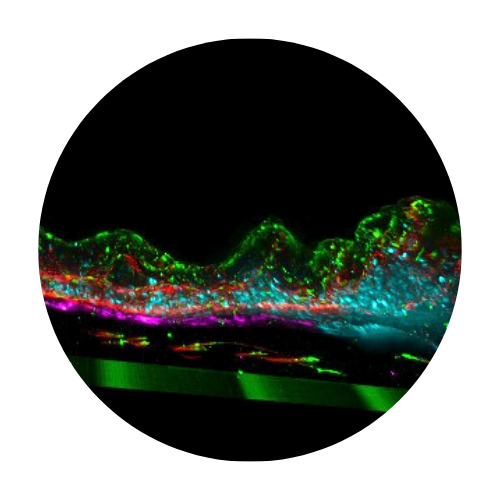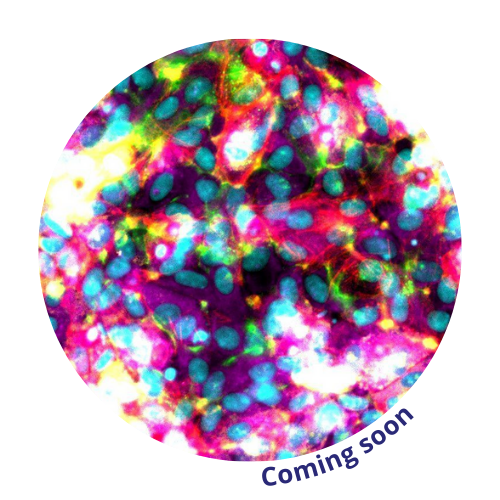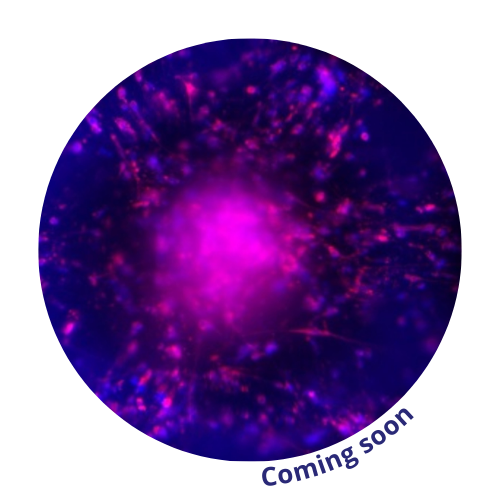Breast Cancer
Human Immunocompetent Breast Cancer Organoid Model
- Complex patient-derived tumor microenvironment
- Fully differentiated functional endothelial barrier
- Rapid & cost-effective development
- Immune competence
Schedule a Consultation with Our Experts
Application
- Mechanisms of action
- Target validation
- Lead selection / optimization (ADCs, mutation targeting, cellular therapies/CAR-T, chromatin-modifying enzymes, PROTACS)
- Translatability – De-risking clinical phase I/II trials
Endpoints
- Real-time monitoring of tumor cell proliferation and survival (confocal microscopy, LDH, MTT)
- Tumor morphology & architecture with high-resolution imaging
- Immune cell infiltration & activation
- Endothelial barrier function (vascular integrity and drug permeability).
- Dose-response and combination studies
- Analysis of cell invasion and metastatic behavior
- Target expression (e.g. TROP2, AR, HER3, ESR1 mutation, LAG-3, TIGIT, epigenetic, tumor metabolism inhibitor, neovascularization, endocrine resistance)
Unique
Cherry Biotech expertise
We offer fine-tuned control of the microenvironment with our CubiX platform for improved physiological relevance, robustness and reproducibility:
- Complex & true-to-life co-culture of patient-derived breast cancer cells, fibroblasts/cancer-associated fibroblasts (CAF), immune cells, and endothelial cells embedded in extracellular matrix, simulating the in vivo tumor microenvironment (TME) more closely than standard models.
- Fully differentiated functional endothelial barrier fostered by perfusion, providing realistic drug diffusion and nutrient exchange.
- Rapid & cost-effective development enables meaningful results in just ~2 weeks—perfect for fast-paced clinical decisions and industrial R&D pipelines.
- SmartSpheroPlates by 4DCell ensure uniform organoid formation and minimize variability across experiments for up to 2184 organoids per plate (< 6% size variation)
- Immune competence to study infiltration, activation, and therapeutic impact—ideal for immuno-oncology research.
Suited for multiple breast cancer subtypes and drug classes.
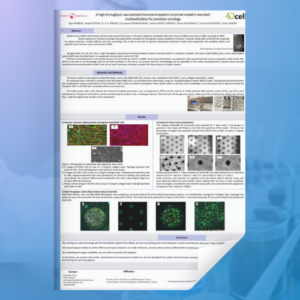
SCIENTIFIC POSTER —
A high throughput vascularized immunocompetent tumoroid model in standard multiwell plates for precision oncology
Why breast cancer organoid models matter
Breast cancer affects both women and men and accounts for every 1 in 8 cancer diagnoses worldwide with more than 2,3 million new cases in 2020, according to WHO.
Recent advances in immuno-oncology have significantly increased the therapeutic arsenal available to clinicians. However, being able to identify the responder to a given treatment remains difficult and time consuming. This is due to the lack of optimal translational preclinical models that recapitulate the complete cellular and physical tumor-immune microenvironment.
By combining patient-derived breast cancer cells, CAF, immune cells, and endothelial cells co-embedded in an extracellular matrix, the human immunocompetent breast organoid model – an application of CubiX platform by Cherry Biotech – provides a state-of-the-art complete perfused breast cancer model for drug development and personalized medicine.
Through fast, reliable, and patient-relevant results, we empower both clinicians seeking personalized therapy options and pharmaceutical companies driving innovation in oncology while reducing reliance on animal testing and supporting the 3Rs (Replacement, Reduction, and Refinement) in ethical research.
Our Key to Achieve These Models in 3D
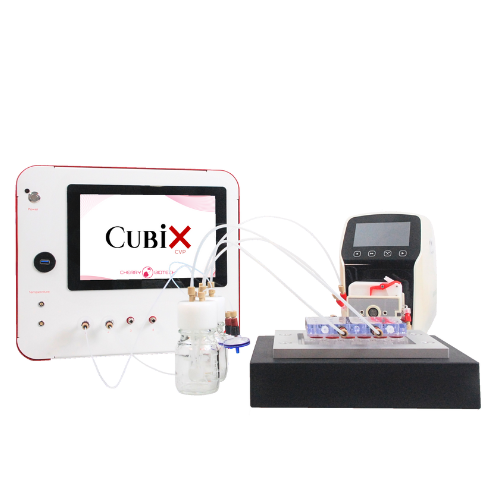
CubiX – Microphysiological (MPS) platform is the only microenvironment controller fully compatible with live imaging. It enables mimicking physiological and pathological culture conditions in vitro.
Scalable, highly customisable and user-friendly.
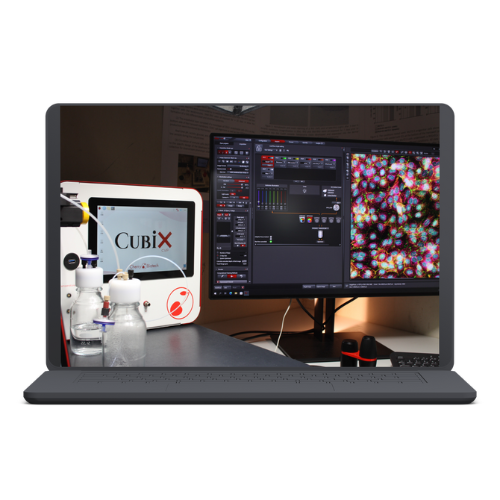
download the complete applications of CubiX - Microphysiological platform
FAQ
Using the CubiX platform we can fine-tune the temperature, flow rate, shear stress and the dissolved gases (O2, CO2, N2) of the system to create the appropriate experimental conditions. Variables such as the pH, release of lactate, the O2 and the consumption of glucose can be monitored to ensure smooth experiment run.
If you would like more detailed information on the features offered by the CubiX platform, visit our page.
Yes, the CubiX perfusion platform features a microfluidic perfusion lid (MPL) adapter compatible with standard 6 and 24 multi well plate and can accommodate Transwell inserts. The design enables transforming static cell culture in standard multiwell into a perfusion dynamic system.
Medium flow and the resulting shear stress are essential not only for the physiological alignment of endothelial cells—ensuring a proper endothelial barrier—but also for the differentiation and viability of the breast cancer model. Perfusion ensures adequate nutrient and oxygen delivery, as well as efficient waste removal, preventing the necrotic core often associated with large organoids. This method supports cultures of over two weeks.
Related Resources
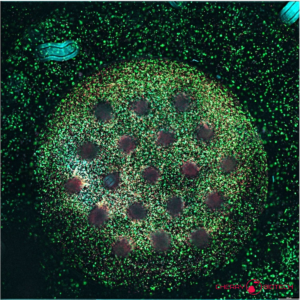 Breast Biopsy: Advantages and Challenges for Ex Vivo Culturing in...
Breast Biopsy: Advantages and Challenges for Ex Vivo Culturing in...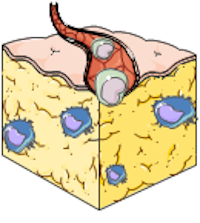 Co-culture With Human Breast Adipocytes Differentially Regulates ...
Co-culture With Human Breast Adipocytes Differentially Regulates ...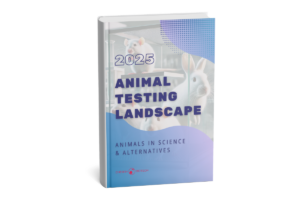 Animal Testing Landscape 2025...
Animal Testing Landscape 2025...They Trust Us

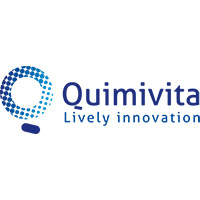
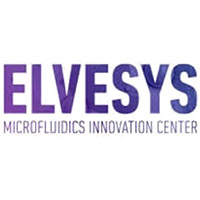
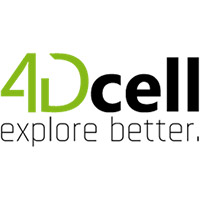
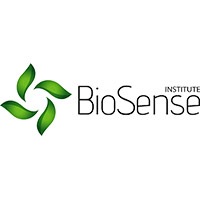
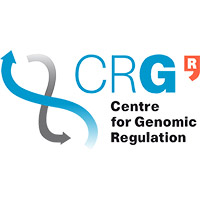



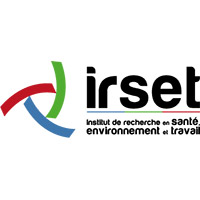

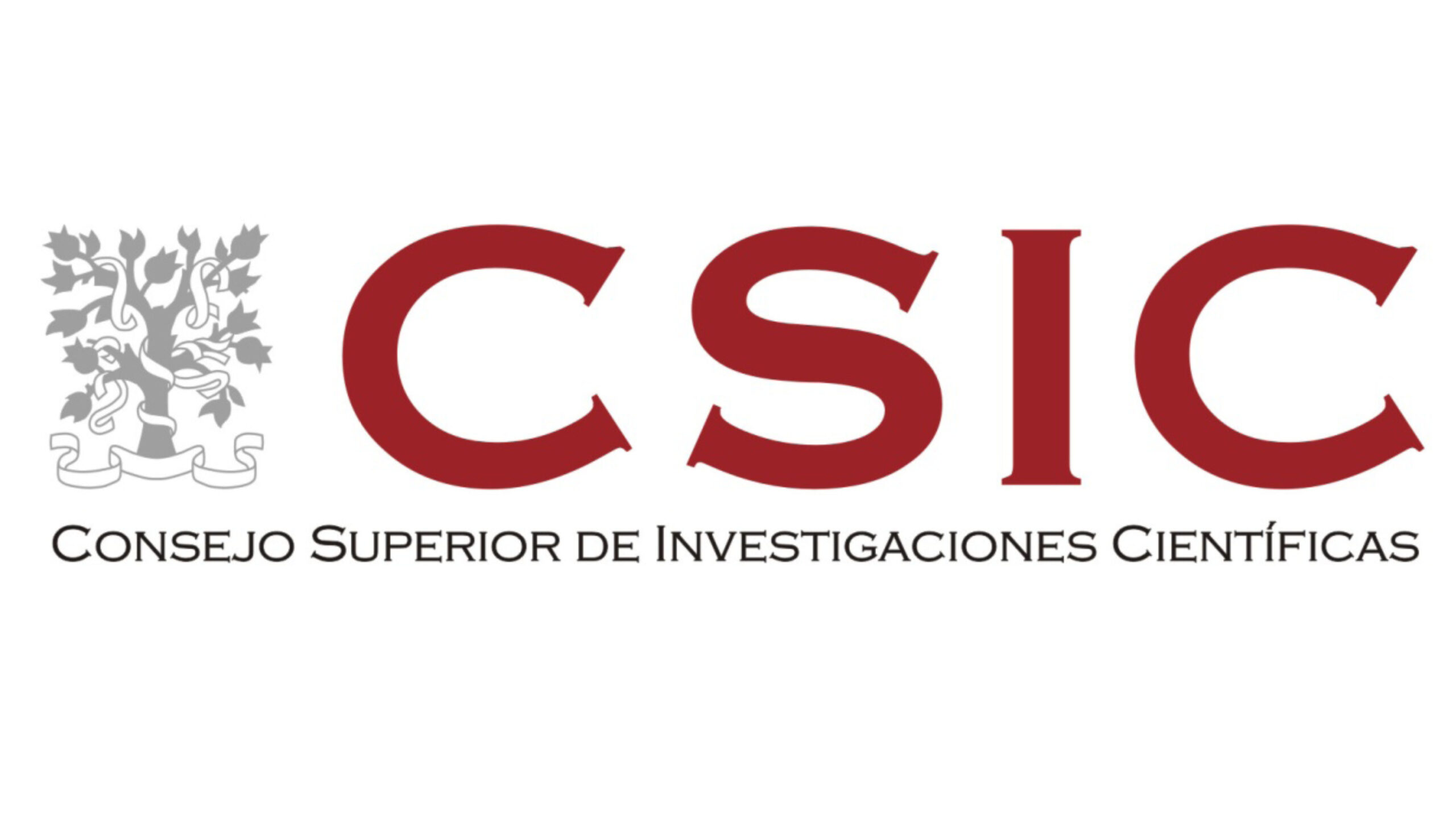
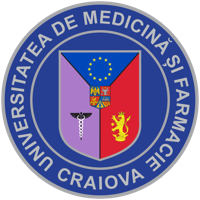


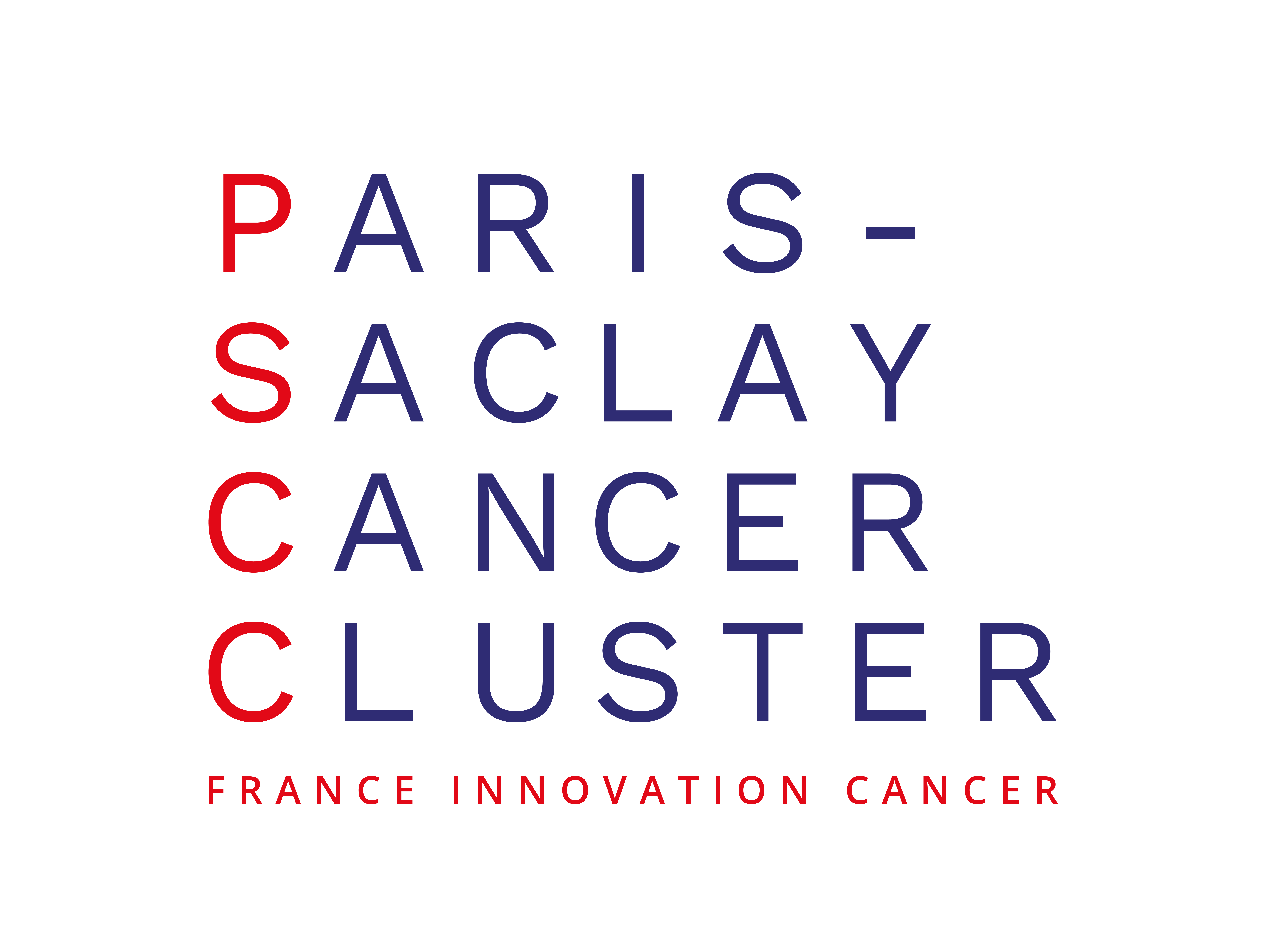
speak with our expert
Speak directly with one of our experts to see how our products and services can support your research project


